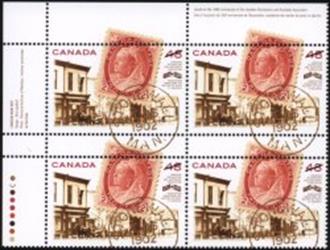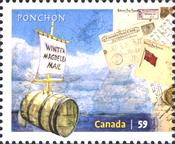P=have O=don’t have it

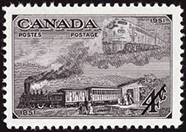
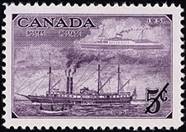
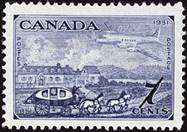
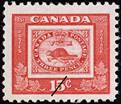
Scott: #311-14P
Issued: 24.9.1951
Centennial of British North American
Postal Administration
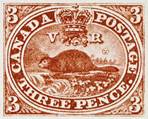 Inside
#314: Canada #1O
Inside
#314: Canada #1O
This centennial commemorative issue of
four postage stamps honoured the transfer in 1851 of
the administration of postal service from
Patrick, Douglas and
Mary Patrick.
The first postage stamp issue of the
Province of Canada
The first postage stamp issue of the
Patrick, Douglas and
Mary Patrick.
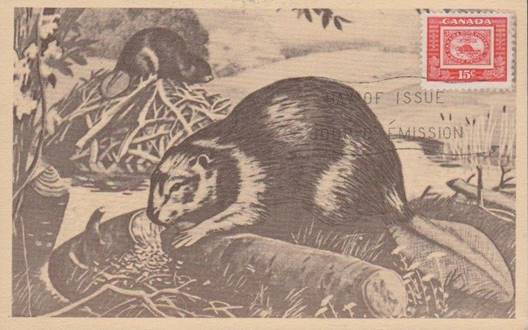
First day maximum card
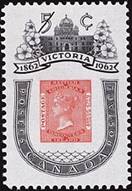
Scott: #399P
Issued: 22.8.1962
Centenary, City of
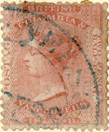 Inside #399:
Inside #399:
From its first settlement as an outpost
of the
Canada Post Office
Department. [Postage Stamp Press Release], 1962.
The United Colonies of Vancouver Island
and
The one stamp was denominated 2 1/2
pence, depicted Queen
In 1862,
In June 1864,
The upshot of all this was the single
type of stamp was sold for 2 1/2d, 3d, 5c, 6 1/4c, and 7 1/2c without ever
receiving a surcharge indicating a changed value.
The surviving stamps sell for about
US$250 as of 2003, but much more if they are in good condition and
well-centered.
http://en.wikipedia.org/wiki/British_Columbia_and_Vancouver_Island
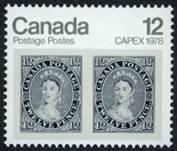
FDC: #399P
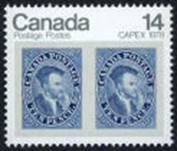
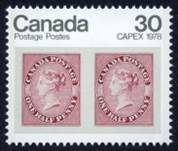
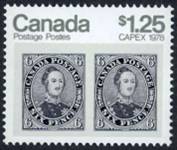
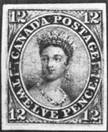
Scott: #753-56P
Issued: #753 - 18.1.1978
Issued: #754-6 - 10.6.1978
CAPEX '78
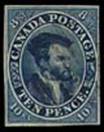 Inside
#753: Canada #3O
Inside
#753: Canada #3O
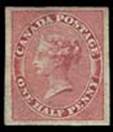 Inside #754: Canada #7O
Inside #754: Canada #7O
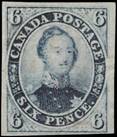 Inside #754: Canada #8O
Inside #754: Canada #8O
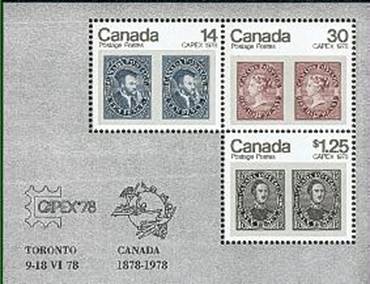 Inside #756:
Canada #2O
Inside #756:
Canada #2O
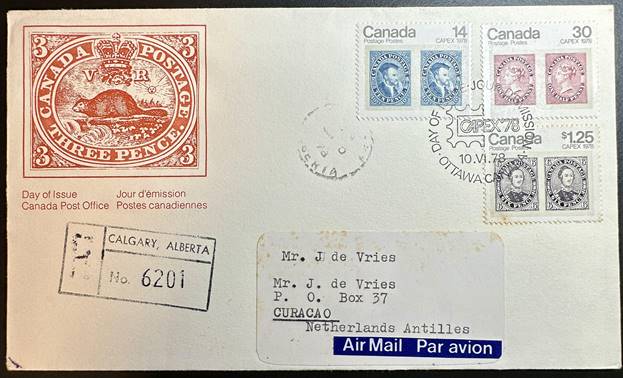
Scott: #756aP
Issued: 10.6.1978
The Canadian International Philatelic
Exhibition, CAPEX 78, will be held at the Canadian National Exhibition Grounds
in
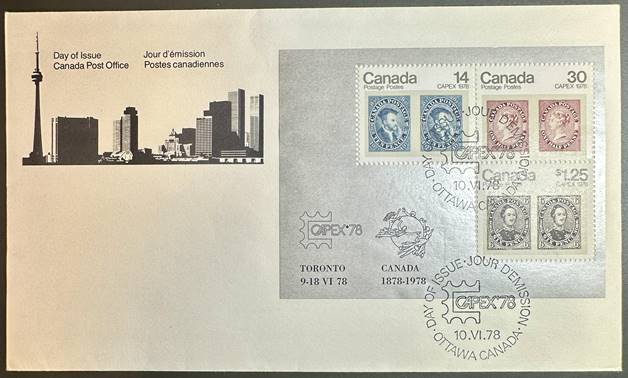
Special Album
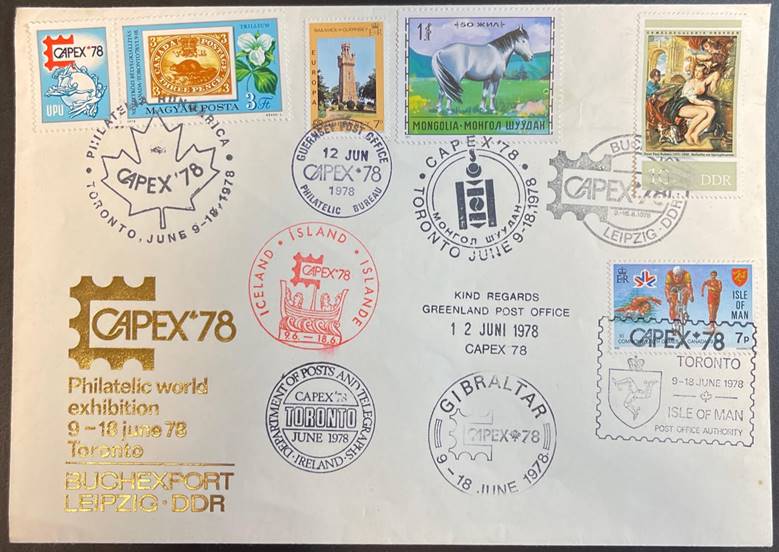
Special Album
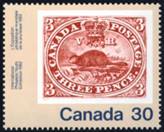
CAPEX '78
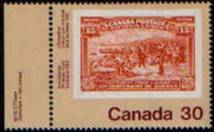
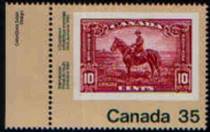


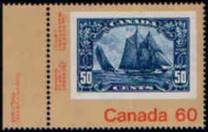
Scott: #909-13P
Issued: 11.3.1982 / 20.5.1982
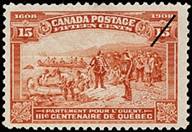 Inside
#909: Canada #1O
Inside
#909: Canada #1O
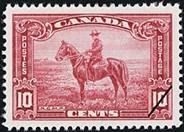 Inside #910:
Inside #910:
In the summer of 1908 Canadians honoured the three hundredth anniversary of the founding of
Patrick, Douglas and
Mary Patrick.
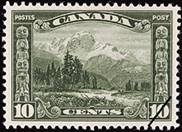 Inside #911:
Inside #911:
This issue of stamps in higher values
continues to depict scenes of Canadian interest from coast to coast. A Royal
Canadian Mounted Police constable on horseback with a prairie background. The
force, organized in 1873, has built a tradition of service, courage, and
integrity. First known as the North West Mounted Police, the men confined their
duties to the
Patrick, Douglas and
Mary Patrick.
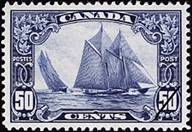 Inside #912:
Canada #155P
Inside #912:
Canada #155P
 Inside #913:
Canada #158P
Inside #913:
Canada #158P
Canada #155 &
#158
Commencing with the issue of 1928, the
Post Office Department for the first time utilized its higher value stamps with
regular issue for the purpose of depicting Canadian scenes of geographical and
industrial interest from coast to coast. This was a significant event in the
development of Canadian postage stamps as a medium of information about
A vignette, "The Ice-crowned
Monarch of the Rockies," from an original watercolour
painting by Frederick Marlett Bell-Smith, R.C.A., by
kind permission of R.D. Hume, Q.C., of Toronto. The painting shows
The Canadian fishing schooner, Bluenose,
racing off
Patrick, Douglas and
Mary Patrick. Canada's Postage Stamps. Toronto, McClelland and Stewart Limited,
1964, p. 56, 58.
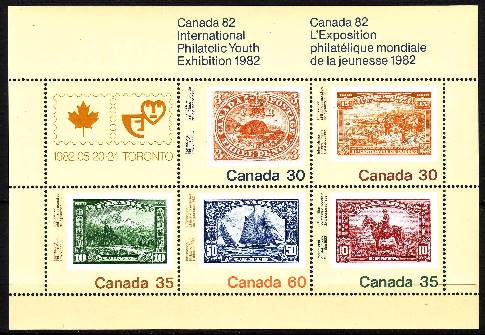
Scott: #913aP
![[Canadian Lighthouses, type ]](Canada_image066.jpg)
Scott: #1066bP
Issued: 03.10.1985
"Capex '87" International
Stamp Exhibition
Inside #1066b (In margin): Pseudo stamp
(in Logo)
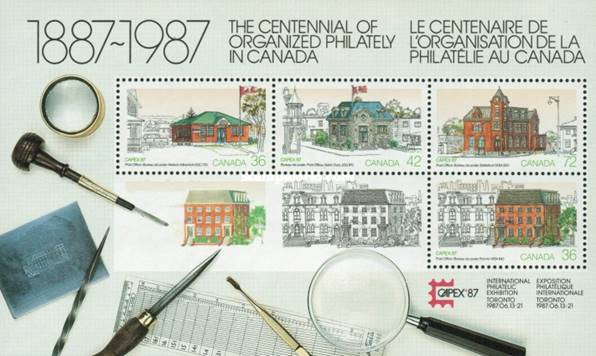
Scott: #1107bP
Issued: 01.10.1986
"Capex '87" International
Stamp Exhibition
Inside #1107b (In margin): Pseudo stamp
(in Logo)
![["Capex '87" International Stamp Exhibition, Toronto - Post Offices - Inscription Light Green, type ]](Canada_image070.jpg)
Scott: #1125AP
Issued: 12.06.1987
"Capex '87" International
Stamp Exhibition, Toronto - Post Offices - Inscription Light Green

![["Capex '87" International Stamp Exhibition, Toronto. Post Offices, type AIX]](Canada_image073.jpg) Inside
#1125A (In margin): Canada #1122P
Inside
#1125A (In margin): Canada #1122P
Inside #1125A (In margin): Pseudo stamp
(in Logo)
Gordon wrote: This souvenir sheet shows
progressive proofs of either Sc. 1122 or Sc. 1125Ab (we can't tell which one
because the progression has not yet included the denomination and other
lettering at the bottom of the stamp). It offers partial portrayals of existing
postage stamps.
Thanks to Gordon Berthin
![[Canadian Lighthouses, type ]](Canada_image066.jpg)
Scott: #1066bP
Issued: 03.10.1985
"Capex '87" International
Stamp Exhibition
Inside #1066b (In margin): Pseudo stamp
(in Logo)
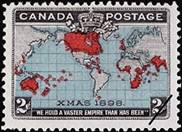
Scott: #1722P
Issued: 29.5.1998
Centennial, Imperial Penny Post
 Inside #1722:
Inside #1722:
Canada #1722
It was a momentous time in postal
history; one hundred years ago, imperial penny postage was introduced, allowing
Canadians to send letters anywhere in the British Empire at the rate of one
British penny - just two cents Canadian! It was a huge triumph for Canada,
Postmaster General Sir William Mulock played a
pivotal role in negotiating this change from the previous levy of five Canadian
cents. The penny-postage stamp is one of the most revered by collectors. It was
the world's first Christmas issue. The stamp featured a collage of Queen
Victoria's crown, a map of the world with the British Empire displayed in red,
"Xmas 1898" and the phrase, "We hold a vaster empire than has
been". Produced in three colours and by two
different processes by the American Bank Note Company of Ottawa, it was the
most expensive issue in Canadian philatelic history to that date. Recognizing
the significance of the stamp for collectors, Canada Post will issue a single
domestic-rate stamp. Queen Victoria's crown, a portrait of Postmaster General
Sir William Mulock, and a reproduction of the
original stamp are together depicted against a dark backdrop with
"Canada" boldly displayed. Designed by Franחois Dallaire
of Montreal, this commemorative stamp will be released May
Canada Post Corporation,
Canada's Stamp Details, Vol. 7, No. 3, 1998, p. 15-17.
Canada #85
British statesmen had sought postal
reforms almost from the time of Sir Rowland Hill's introduction of adhesive
stamps in
postal use. Map of the world in
Mercator's Projection, showing various parts of the British Empire in red. The
stamp bore the inscription "Xmas 1898" and across the base of the
design the text reads: "WE HOLD A VASTER EMPIRE THAN HAS BEEN." On
the occasion of Queen Victoria's Diamond Jubilee Sir William Morris, a Welsh
poet, wrote "A Song of Empire", published as the Jubilee Ode in June,
1897. The line occurs in the following stanza: "We hold a vaster Empire
than has been! Nigh half the race of man is subject to our Queen! Nigh half the
wide, wide earth is ours in fee! And where her rule comes all are free. And
therefore 'tis, O Queen, that we, Knit fast in bonds of temperate liberty,
Rejoice to-day, and make our solemn Jubilee."
Patrick, Douglas and
Mary Patrick. Canada's Postage Stamps. Toronto, McClelland and Stewart Limited,
1964, p. 37-38.
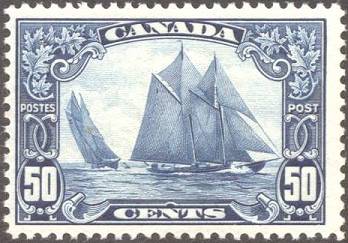
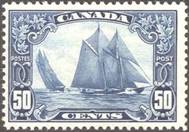
Scott: #1738P
Issued: 24.7.1998
William Roue,
Designer of the Schooner "Bluenose"
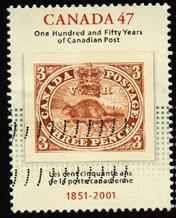 Inside
#1738:
Inside
#1738:
From a very young age, William James Rouי amused himself by
sailing bits of wood and shingles in gutters and drawing pictures of yachts -
childhood hobbies which foreshadowed a career that would bring him national
fame. That young boy went on to design the most renowned fishing craft in
Canadian history: the Bluenose. Weighing in at 154 tons, the schooner was
launched at Lunenburg, Nova Scotia, over 75 years ago. The vessel was
commissioned by Nova Scotians in the hopes of
redeeming Canada's loss to the U.S. in the 1920 International Fisherman's Race.
The Maritimers were determined to win the trophy for
Canada in the 1921 contest. To meet the challenge, they needed to build a salt
banker with the speed of a fresh fisherman vessel, and the province insisted
that the design come from home. Though his experience was that of a yacht
designer, Rouי, a self-taught naval architect, conceived and realized a remarkable
design. In 1921, Canada won the International Fisherman's Race, and Rouי was rewarded with
a gold watch and commemorative scroll. Now, in commemoration of its own, Canada
Post is releasing the William Rouי domestic-rate stamp designed
by Louis Hיbert of Montreal. As a child, little did
he know than that he would become the greatest designer of wooden vessels in
Canadian history, and one of the most talented in the world. As an adolescent,
Rouי progressed to making and sailing 1.5-metre model boats and,
once he was old enough, learned to crew at the Royal Nova Scotia Yacht Squadron
(RNSYS). He spent winter months in the library of the Yacht Squadron devouring
volumes on boat design. He enrolled in classes in mechanical drafting at the
Victoria College of Art and Design, now the Nova Scotia College of Art and
Design. Rouי was frequently called upon to design yachts for fellow members
of the Squadron while he worked in the family soft-drink business. In his
lifetime, Rouי created more than 100 designs for commercial vessels, including
two fleets of freighters for Newfoundland and the Arctic and a number of
ferries. Rouי passed away in 1970 at the age of 90. Canada's most celebrated
vessel was named for Nova Scotians, called "Bluenosers", a name some believe was given to the
crewmen of schooners that carried blue-skinned Nova Scotia potatoes to Boston
in the late eighteenth century. Built by Smith and Rhuland
and commanded by Captain Angus J. Walters, the Bluenose sailed to victory in
the Halifax Herald International Fisherman's competition in 1921, 1922, 1923,
1931 and 1938, and held the record for the largest catch of fish ever brought
into Lunenburg. It was sold in 1942 to a West Indian trading company. Four
years later, the ship was wrecked off Haiti. An exact replica, named the
Bluenose II was launched in 1963. More than a decade later, the owners turned
it over to the Province of Nova Scotia and it became a seaborne ambassador. To
this day, it continues to sail the North Atlantic. Over the past decades, the
Bluenose has been features on three stamps: a 1929 50-cent issue, a 1982
60-cent stamp that commemorated the International Philatelic Youth Exhibition,
and a 1988 37-cent issue that celebrated Bluenose skipper Angus Walters. The
1929 Bluenose stamp is the most famous of Canadian stamps, recognized around
the world.
Canada Post
Corporation, Canada's Stamp Details, Vol. 7, No. 4, 1998, p. 11-13.
For more details about #158 see above
under #909-13
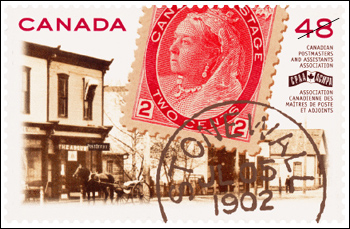
Scott: #1900P
Issued: 6.4.2001
150th Anniversary, Canadian Post
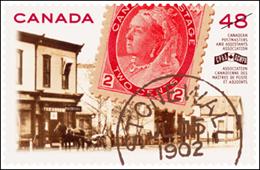 Inside
#1900: Canada #1O
Inside
#1900: Canada #1O
Canada's early history is essentially
the history of the fur trade. Motivated by a quest for beaver pelts, European
fur traders pressed westward from New France and Hudson Bay; opening the
northwest of present-day Canada. Our first postage stamp honoured
this coveted creature, and on April 6, 2001, the Three Pence Beaver appears as
a stamp-on-stamp commemorating the 150th anniversary of the transfer of Postal
authority from Britain to Canada. At lengths of up to
Canada Post
Corporation. Canada's Stamp Details, Vol. 10, No. 2, 2001, p. 6-7.
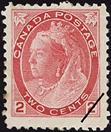
Scott: #1956P
Issued: 5.7.2002
Centenary, Postmasters & Assistants
Association
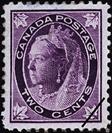 Inside #1956:
Inside #1956:
What started as a local grassroots
organization dedicated to improving the working conditions of postmasters in
rural Manitoba has grown to become a national organization that is now the
second-largest bargaining unit representing employees of Canada Post
Corporation. To commemorate the 100th anniversary of the Canadian Postmasters
and Assistants Association, Canada Post will issue a single domestic rate stamp,
which will be available in a pane of 16. The Canadian Postmasters and
Assistants Association (CPAA) was founded in
Canada Post
Corporation. Canada's Stamp Details, Vol. 11, No. 3, 2002, p. 6-7.
Canada #77
A new 2-cent stamp in carmine color was
issued to replace the purple 2- cent stamp of this series, upon exhaustion of
the stock of surcharged stamps. The decorative and symbolic use of the maple
leaves on the Diamond Jubilee commemorative and the regular issues of 1897 met
with instant public approval. However, the designers of the Maple Leaves issue
failed to give sufficient prominence to the denominations in words rather than
figures.
|
|
|
|
The purple 2- cent stamp #68 |
The new 2-cent stamp in carmine #77 |
As a result, the public was not able to
distinguish the face values quickly. The Post Office Department accordingly
modified the design and prepared a new issue of postage stamps. Portrait of Her
Majesty Queen Victoria, from a photograph by Messrs. W. & D. Downey,
London, England, and taken in 1897 for the occasion of her Diamond Jubilee.
Patrick, Douglas and
Mary Patrick. Canada's Postage Stamps. Toronto, McClelland and Stewart Limited,
1964, p. 36, 40.
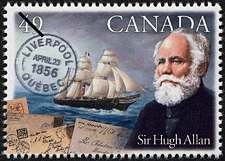

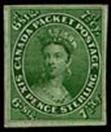
Scott: #2041-2P
Issued: 28.5.2004
Pioneers of Transatlantic Mail
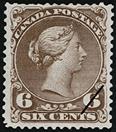 Inside
#2042:
Inside
#2042:
In 1854 reduced postal rates between
Canada and the United Kingdom created a demand for two new denominations in
postage stamps; 10- pence and 7 ½-pence. The Postmaster General's Report of
31st March, 1854, announced in part the reduction of postal rates affecting the
overseas mail to the United Kingdom. The mail of one-half ounce for each letter
sent by packet ships from Halifax was charged at the reduced rate of 6-pence
sterling equal to 7 ½-pence in currency. The rate was also reduced from
1-shilling and 2- pence sterling to 8-pence sterling on mail sent overseas by
way of the United States. When W.H. Griffin wrote to the security printers he
sketched a suggested design of the 10-penny stamps: "It would promote the
public convenience to procure postage stamps of the value of 10-pence and 7 ½
pence to correspond with the packet letter charges." While these
reductions were made in sterling the people in the Province of Canada were
being drastically restricted by the confusion of money with its varying degrees
of valuation. The Province of that time did not have a currency of its own.
Sterling was of higher value than the monetary exchange commonly referred to as
currency. For that reason, the new stamps in 10-pence has an additional
inscription of 8-pence stg (sterling). The 7 ½-pence stamps were inscribed
"Six Pence Sterling" in the oval frame of Queen Victoria's portrait.
Portrait of Queen Victoria from the Chalon painting similar to the 12- pence
stamps of 1851. Portrait of Her Majesty Queen Victoria reproduced from a
contemporary engraving of a full-length painting by Alfred Edward Chalon, R.A.
Although this work of art portrays the young Queen in her robes of state,
merely the head appears in various British colonial postage stamp designs,
including the 7 ½-pence for the Province of Canada. On the occasion of Queen
Victoria's first visit to the House of Lords, she commissioned Mr. Chalon to
paint this portrait as a gift to her mother, the Duchess of Kent. The memorable
event was the prorogation of Parliament on 17th July, 1837, the year of the
Queen's accession to the throne.
Patrick, Douglas and
Mary Patrick. Canada's Postage Stamps. Toronto, McClelland and Stewart Limited,
1964, p. 9-11.
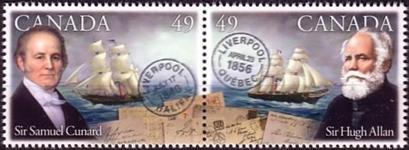 Inside #2042:
Inside #2042:

Scott: #2042aO
Until the middle of the 19th century,
there was no easy way for new Canadians to communicate with family and friends
from the old country. The transatlantic mails depended on slow and irregular
sailing ships, and post offices were few and far between. For most Canadian
immigrants, living on Canadian soil meant being completely cut off from the
loved ones they had left behind. Shipping magnates and business leaders Sir Samuel
Cunard and Sir Hugh Allan changed this by introducing transatlantic mail
service via their ocean-going steam vessels. In honour
of these pioneers, Canada Post will issue a se tenant pair of commemorative
stamps featuring them on May 28, 2004. Created by stamp design veterans Dennis
Page and Oliver Hill of Page&Wood in Halifax and
veteran illustrator Bonnie Ross, the stamp has been created to not only
celebrate the two men, but also the 19th century milestone of fast, regular
transatlantic postal service. As such, the design depicts the growing volume of
mail that began to cross the Atlantic by steamship at this time. Photographs of
actual letters from these trips fill the lower portion of the frame. Portraits
of both Sir Samuel Cunard and Sir Hugh Allan, illustrated in a popular
formalized period style, present images of the two shipping magnates in a
heroic fashion. Images of the two ships, Cunard's Britannia and Allan's North
American, are depicted on route, as they determinedly brave the rough Atlantic
seas. The cancellation marks represent the dates of the arrival of Curnard's Britannia in Halifax and the departure of Allan's
North American from Liverpool. According to Design Manager of Stamp Products
Danielle Trottier, "these commemoratives not
only depict history, but are themselves a piece of history in that they are
part of Canada Post's first self-adhesive perforated pane".
Merchant and shipowner
Sir Samuel Cunard was born in Halifax on November 21, 1787. He first partnered
with his father in the timber trade, and through his interests in whaling,
timber, coal, iron and shipping, he amassed a great personal fortune in the
1830s. In 1825, he co-founded the Halifax Banking Company and in 1839, made a
submission to the British government to start regular transatlantic mail
service by steamship from Liverpool, England to Halifax, Quebec City and
Boston, at a cost of
For more information on Sir Samuel
Cunard, see http://cunardsteamshipsociety.com/
Sir Hugh Allan established a
transatlantic mail route between Canada and Britain in 1856. Allan was a
shipping magnate, railway developer and financier, born in Saltcoats,
Scotland on September 29,
For information on Sir Hugh Allan, visit www.geo.ed.ac.uk/scotgaz/people/famousfirst676.html
Canada Post
Corporation. Canada's Stamp Details, Vol. 13, No. 2, 2004, p. 24-25.

Scott: #2119P
Issued: 15.8.2005
250th Anniversary Acadian
Deportation
Beginning in 1755, thousands of settlers
were deported from their native Acadia (
Canada Post
Corporation.
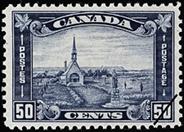 Inside #2119:
Inside #2119:
As a result of the change of the postage
stamp contract of 1st April, 1930, the Department required a new series of
stamps of the higher denominations. The policy of depicting representative
phases of the character of
Patrick, Douglas and
Mary Patrick.
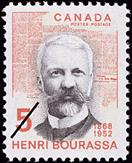
Issued: 10.1.2010
Le Devoir
Commemorative Envelope
On January 10, 1910, Le Devoir founder
Henri Bourassa made a bold statement on the front page of the paper’s inaugural
edition. The independent Montréal-based daily’s headline proclaimed that
“to ensure the triumph of ideas over appetites, of the public good over
partisan interests, there is but one means: to awaken in people, and especially
in the ruling classes, a sense of public duty in all its forms.”
For the past 100 years, Le Devoir has remained
faithful to Bourassa’s mandate. The paper remains free of any particular
ideology or politic, and through its unwillingness to bow to power, it has
become the advocate of public ethics, social progress and the rights and
freedoms of everyday citizens. It has defended the French language throughout
The commemorative envelope was designed
by Christian Tiffet, the artistic director for Le
Devoir. “I wanted to create a visual that would illustrate the strong presence
Le Devoir has had in Québec society for the past 100 years,” says Tiffet. The photographs featured speak to the passage of
time, from 1910 to today, and the ways in which the institution has adapted to
change. Tiffet explains, “Recent editions of Le
Devoir and its web page, its modern product, are featured alongside an image
of Le Devoir’s first publishing house, which, along with the lead
typography that runs across the top of the envelope, recall the institution’s
beginnings and evoke its long history.” The envelope also features Le Devoir’s
centennial logo, designed by Tiffet, and a Picture
Postage™ stamp that recreates the 1968 commemorative issued to honour Henri Bourassa.
As Le Devoir enters its second century
with new opportunities made possible by innovations in information technology,
it remains inspired by its founder’s values of liberty, equality, solidarity
and integrity. The only independent newspaper in Québec, Le Devoir is
free thinking defined.
http://www.canadapost.ca/cpo/mc/personal/collecting/stamps/2010/2010_Le_Devoir.jsf
Thanks to Lloyd Gilbert
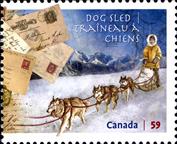
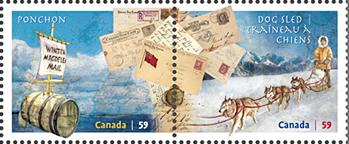
Scott: #2468 Scott: #2469
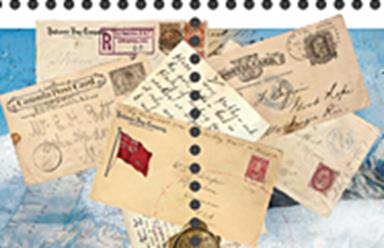
Scott: #2469aP
Issued: 13.5.2011
Methods of Mail Delivery
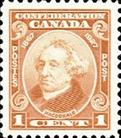
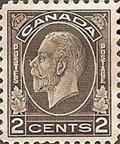 Inside #2468:
Inside #2468:
(on cover, dog sled mail stamp)
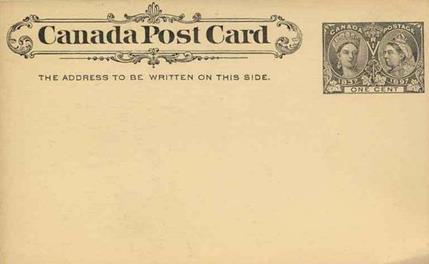 Inside #2468:
Inside #2468:
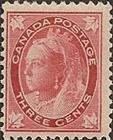
Inside #2468:
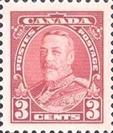 Inside #2469 (and in margin):
Inside #2469 (and in margin):
(on cover, dog sled mail stamp and top
margin of sheet)
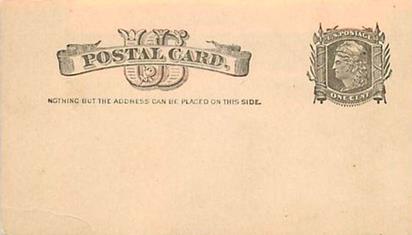 Inside #2469:
Inside #2469:
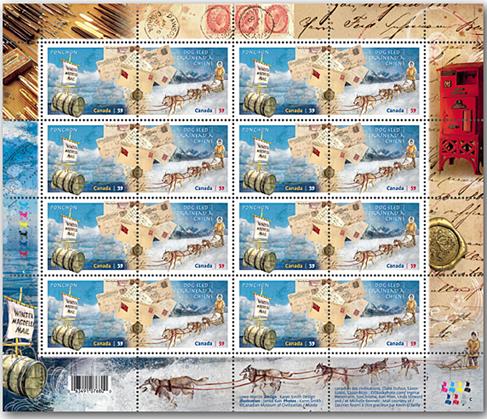
Inside #2469:
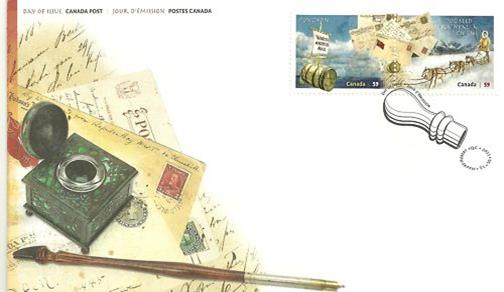
Scott: #????O
Inside #????: Other TBI
(Thanks to Mike Knopfler for the scan)
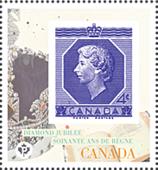
Given
Thanks to Lou Guadagno
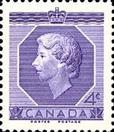
Scott: #2513O
Issued: 16.01.2012
Queen Elizabeth II Diamond Jubilee
(Decade 1: 1952-1962)
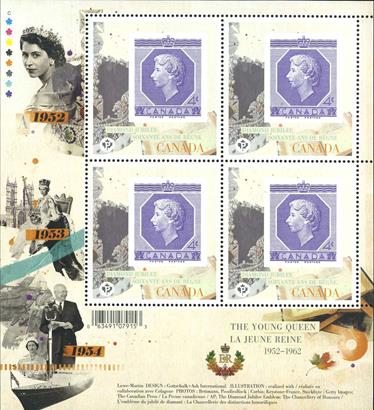 Inside #2513:
Inside #2513:
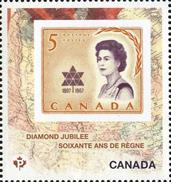
Scott: #2513O
Thanks to Prof. Plinio
Richelmi and to Lou Guadagno
The first of five Diamond Jubilee four-stamp mini-panes, featuring a stamp-on-stamp design using The Queen's Coronation stamp issued June 1, 1953.
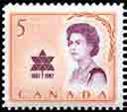
Scott: #2514O
Issued: 06.02.2012
Queen Elizabeth II Diamond Jubilee
(Decade 2: 1963-1972)
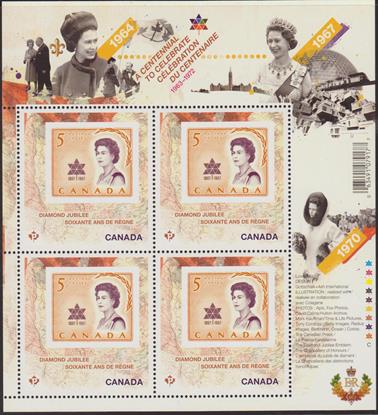 Inside #2514:
Inside #2514:
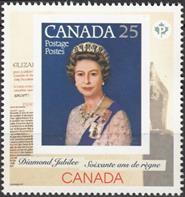
Scott: #2514O
Thanks to Lloyd Gilbert and Prof. Plinio Richelmi
The second of five Diamond Jubilee
mini-panes of four stamps features a stamp-on-stamp design using the Queen's
Royal Visit stamp issued in 1967.
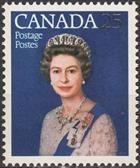
Scott: #2515P
Issued: 06.03.2012
Queen Elizabeth II Diamond Jubilee
(Decade 3: 1973-1982)
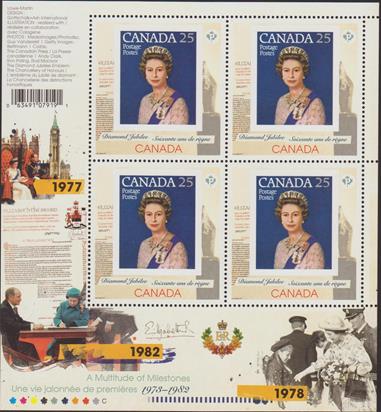 Inside #2515:
Inside #2515:
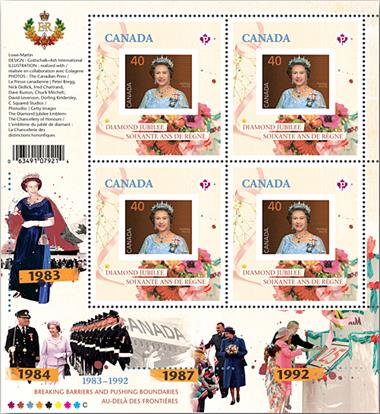
Scott: #2515O
Thanks to Lloyd Gilbert and Prof. Plinio Richelmi
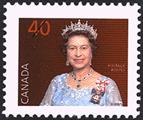
Scott: #2516O
Issued: 10.04.2012
Queen Elizabeth II Diamond Jubilee
(Decade 4: 1983-1992)
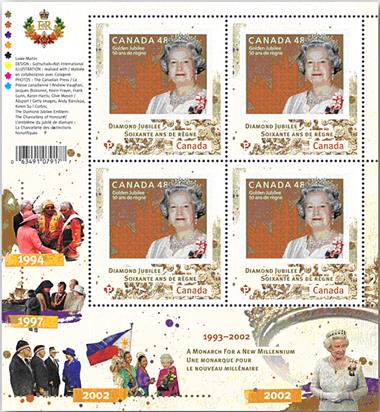 Inside #2516:
Inside #2516:
Thanks to Lloyd Gilbert
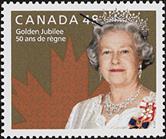
Scott: #2517O
Issued: 07.05.2012
Queen Elizabeth II Diamond Jubilee
(Decade 5: 1993-2002)
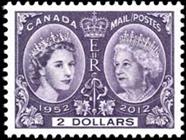 Inside #2517:
Inside #2517:
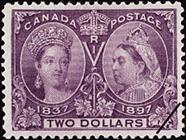
Scott: #2540P
Issued: 07.05.2012
Queen Elizabeth II Diamond Jubilee
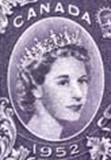 Inside #2540:
Inside #2540:
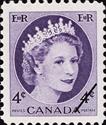
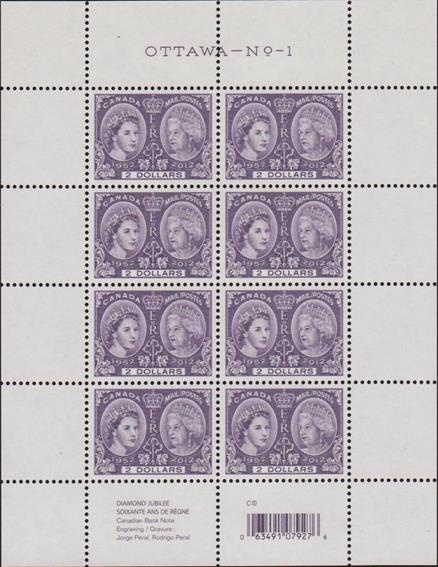 Inside #2540:
Inside #2540:
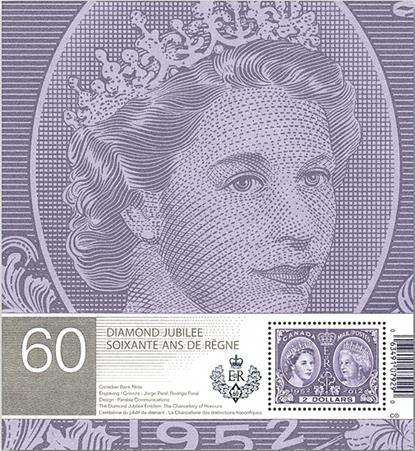
Scott: #????O

Scott: #2540aP
Thanks to Lloyd Gilbert and to Lou Guadagno
This souvenir sheet was inspired by the
design of the $2 Queen Elizabeth II stamp and features a magnified image of the
young Queen Elizabeth. The stamp features an image of a young Queen Elizabeth
II facing a more recent photograph of Her Majesty.
This year, the Queen celebrates her
Diamond Jubilee. This rare milestone was much-awaited by philatelists and
collectors. To mark 60 years of The Queen's reign, the Canada Post Diamond
Jubilee series offers stunning collectibles.
In 1897, the Post Office Department of
the Government of Canada celebrated the Diamond Jubilee of Queen
The design of the souvenir sheet was
inspired by the stamp and features a magnified image of the young Queen
Elizabeth that highlights the craftsmanship that went into creating the
intricate design of the stamp.
Her Majesty Queen Elizabeth II
The Queen came to the throne on February
6, 1952. Her coronation took place on June 2, 1953.
Her Majesty celebrated her Silver
Jubilee (25 years) in 1977 and her Golden Jubilee (50 years) in 2002.
A Diamond Jubilee is a rare milestone.
Queen Elizabeth II is only the second British Monarch to reign for 60 years.
Her great-great grandmother, Queen Victoria—who celebrated her Diamond Jubilee
in 1897—was the first.
Best website
related:
https://postagestampguide.com/
http://www.collectionscanada.gc.ca/
![]()
http://www.postalhistorycanada.org/index.htm
![]()
Scott2007
Wish List
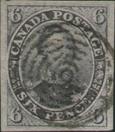
not really in the list :)
Canada #1O!!! + for Bulgaria, Hungary, Mongolia, Mozambique, Micronesia
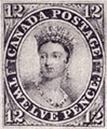
not really in the list :)
Canada
#2O!!!
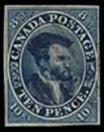
not really in the list :)
Canada #3O!!! + for Antigua & Barbuda + Lesotho
+ Ajman
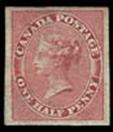
not really in the list :)
Canada #4O!! for Gugh
Island
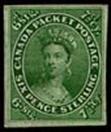
Canada
#7O!

Canada
#8O!
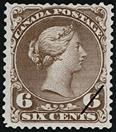
Canada #9O! + for Niger, North Korea

Canada #12O! for Uganda
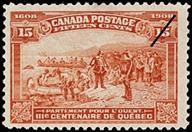
Canada #27O!
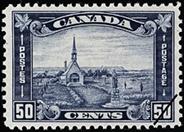
Canada #62O!
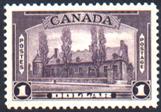
Canada #102O!
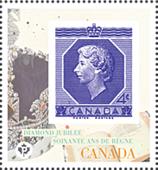
Canada #176O
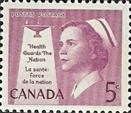
Canada #245 for Wallis &
Futuna

Canada #380 for Sierra Leone
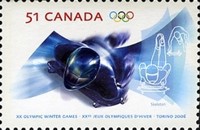
Canada #387aO!!
Not really in the list :)
For Antigua & Barbuda, Nicaragua,
Lesotho, Liberia
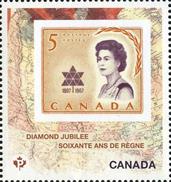
Canada #1112 for Guinea

Canada #1688 for Sierra Leone
![[Olympic Winter Games - Turin, Italy, type CKC]](Canada_image198.jpg)
Canada #2144 for Niger
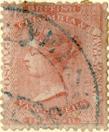
Scott: #2513O
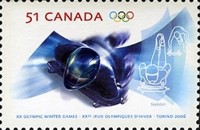
Scott: #2514O

Scott: #2516O

Scott: #2517O
British Columbia and Vancouver Island
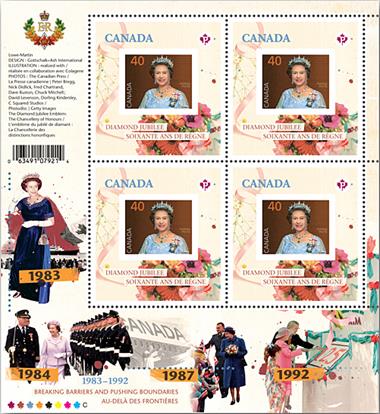
British Columbia and
Newfoundland
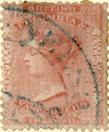
Newfoundland #C1 for Mauritania

Newfoundland #C4 for Mauritania

